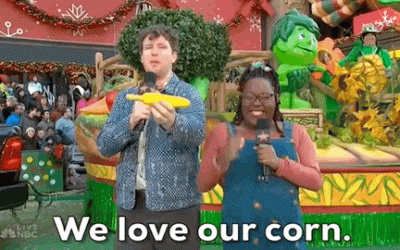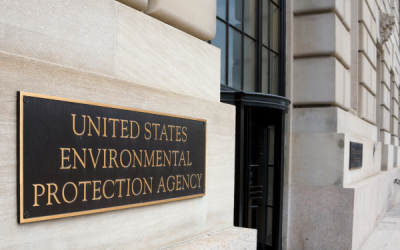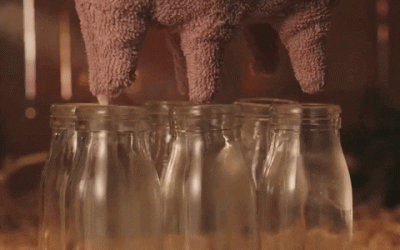The Environmental Protection Agency (EPA) signed a memorandum of understanding (MOU) with the USDA to protect endangered species.
Regulatory compliance: The MOU applies to pesticides, insecticides, and other crop protection chemicals registered with the EPA to ensure they don’t negatively impact habitats—a measure that helps the EPA comply with the Endangered Species Act by reducing runoff and pesticide drift.
Conservation credits: The MOU aims to ensure farmers implement practicesoutlined by the USDA’s Natural Resources Conservation Service (NRCS). It will also allow farmers to receive credits for voluntary conservation practices.
Voluntary measures like buffer strips that absorb runoff and other conservation practices will help farmers meet relevant requirements on pesticide labels.
Soundbite: “This initiative should give pesticide registrants and users more flexibility to meet label requirements to protect endangered species while directly contributing to recovering those species.” — EPA Assistant Administrator Michal Freedhoff.
Farmers will not be required to enroll in any NRCS programs due to the MOU.
Farm groups like the American Soybean Association say the MOU will help farmers increase their conservation measures—but that the EPA’s risk assessment process might overstate the risks farming poses to species.
Short Corn Packs a Punch
Dynamite comes in small packages—which can be true with new seed technology. What’s...
Congress to EPA: What’s Your BEEF with Meat Packers?
The Environmental Protection Agency (EPA) is considering new regulations that take aim at meat and poultry processors.
And some members of Congress have a BEEF with the EPA’s proposals.
The proposed rules: In late January, the EPA released the details of its proposed “Clean Water Effluent Limitations Guidelines and Standards for the Meat and Poultry Products Point source category.”
Huh?
Basically, the EPA formally published its proposals to combat wastewater contaminants that come from slaughterhouses.
Okay… that makes more sense.
At the heart of the rules proposal is a concern from environmental groups about nitrogen and phosphorus pollutants that originate from slaughterhouses. In some cases, the wastewater goes directly into waterways. In other cases, the water goes to municipal wastewater treatment facilities.
But not everyone is on board with the EPA’s suggestions…
Congress responds: Last week, two U.S. representatives—Eric Burlison (MO) and Ron Estes (KS)—pushed back against the EPA and introduced the “Banning EPA’s Encroachment of Facilities (BEEF) Act.” If passed and signed by President Biden, the law would prohibit the EPA from finalizing, implementing, or enforcing the rule.
According to the lawmakers, the proposed rules place undue burden on small processors—costs that can be absorbed by larger companies.
Soundbite: “The… proposed regulation isn’t just an attack on family-run small businesses, it’s an attack on rural communities,” said Burlison. “These meat and poultry processors are the lifeblood of our communities. The BEEF Act… lets these hardworking Americans do what they do best, produce safe, affordable food for our families.”
University of Illinois Makes Big Mooves in Milk Production
Pump it up: Scientists led by Matt Wheeler at the University of Illinois Urbana-Champaign are...




